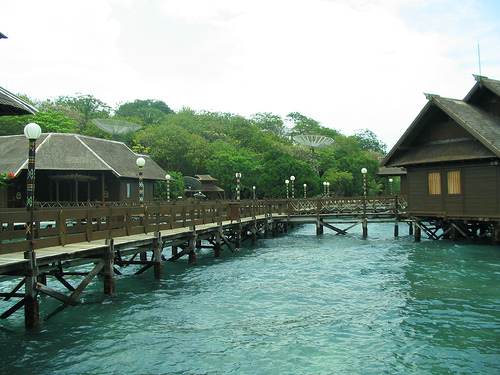
The old building on jalan Asia Afrika is getting a makeover. The walls are being repainted, the rooms inside being cleaned, old light fixtures being replaced. And on the outside, the sidewalk is unusually clean and adorned with brand new steet lights. The old building - Gedung Merdeka, the "Freedom Building" - looks young once again.
Built in 1895, Gedung Merdeka has a spesial history. Fifty years ago it was the scene of the first Asia-Africa Conference, which played a great role in changing the fates of many nations in Asia and Africa, especially those not yet independent back in 1955.
To prepare for the coming flashback to the 1955 Asia-Africa Conference, Gedung Merdeka is being thoroughly renovated. The most extreme change is in the interior: The conference halls are being restored to exactly as they were for the 1955 Conference. This year’s delegates will be able to indulge in nostalgia and re-experience the atmosphere of 1955.




















